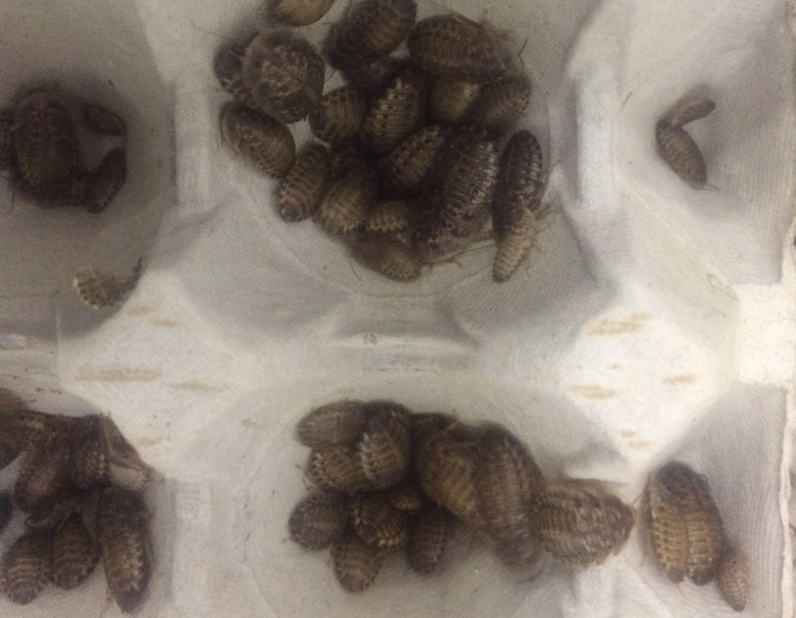

It’s almost a Shakespearean drama, in real life the way it works out, because these characters are all doing the best they can, in the film and the book and in real life. So she not only had to find the authentic, as true-to-life a version of Sarah Palin as she could do, with not just glasses and hair and wardrobe, but also with accent, body language and attitude and kind of the emotional/psychological journey that she went on during the process - The burden’s on us to get as close as we can… we had a technical consultant who was at many of those things who would provide details that might not seem important, but thinks like “Where does the secret service guy stand during a speech?” or “How does the press scrum work?,” things like that that you have to try to get right - however, as you’re suggesting, it is a drama. She also faced the ghost of Tina Fey, because Tina Fey’s portrayal of Sarah Palin was so much in everyone’s minds and we anticipated people would be sorta connected to that version and might have a tough time imagining anybody else playing her.

She followed my advice, for example, to listen to Sarah Palin’s own books - which weren’t available for Heilemann and Halperin when they did their book, but we felt we had to update, given Palin’s books - Julianne and I both listened to them over and over as part of our research and what Julianne faced was not only the pressure of portraying a living person, whose story everybody knew so well from the coverage of the 2008 election. A good example of this, a good illustration of what you face trying to do this, is what it took for Julianne Moore to become Sarah Palin.

Jay Roach: Yeah, you start with the commitment to trying to match as best you can. It’s not a documentary and I like to say it’s not a time machine either, but you get as close as you can just to make the story better. Obviously, again though, there’s a certain series of interpretive choices you have to make to squeeze it all in and retell it. My commitment to telling the story well is also connected to having it be as authentic as possible, because if you’re saying it’s a true story, the audience wants to feel it’s true. We had so much photo research and so much video research, even to the extent of shooting a close-up shot of Julianne, for example, and intercutting her with the actual footage from the Republican Convention in Minneapolis or the roll-out speech in Dayton, and trying to get as close to authenticity as we possibly could, even given that you have actors pretending to be the real people and you have to get the audience to imagine the cameras aren’t there and we’re not a Hollywood film unit. Jay Roach: Yeah, that’s an interesting way to look at it, too, because whenever possible, we did go for the exact way it played out.


 0 kommentar(er)
0 kommentar(er)
